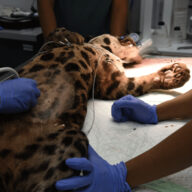
The fishing cat
Prionailurus viverrinus
The fishing cat
APPEARANCE
The fishing cat is a medium-sized cat. His coat is short, dense, and grey. The head and body are covered with a pattern of small black stripes and spots. On the muzzle, back, and neck the spots merge into short lines. It has a white belly, and two dark transverse bars are drawn at the level of the throat. The head is relatively large and broad with small, rounded ears. The back of the ears is black with white spots. The thick, muscular tail is very short for a feline and measures only a third of the body length. The tail is marked with 5-6 black rings and a black tip. The legs of the taraja are short, stocky, and strongly built. The fishing cat’s claws are never completely retracted. They have a poorly developed swim membrane between the toes. Unlike the flat-headed cat, the fishing cat does not exhibit distinct morphological changes that adapt them to hunting fish.
DISTRIBUTION AND HABITAT
The species is rapidly declining in numbers in all countries, especially in Southeast Asia. The species is mainly found in the Terai region in the foothills of the Himalayas, East India to Bangladesh.
Taraj is strongly associated with wetlands. It usually lives near water and where there is dense vegetation. It is found in habitats such as swamps and marshes, mangroves, reed beds, and streams.
BEHAVIOUR
The fishing cats spend most of their time hiding in thickets. They are excellent swimmers and divers. They hunt alone, mostly in shallow water, using their front paws to capture fish.
FOOD
The fishing cat eats mainly fish and other aquatic animals. They also feed on birds, amphibians such as frogs, small mammals, rodents, reptiles (such as snakes), snails, crustaceans, and mollusks.
MAIN THREATS
The main threats are habitat loss and fragmentation, as well as illegal hunting and retaliatory killing. Wetlands and marshes are being converted to agricultural crops and for the establishment of human settlements.





